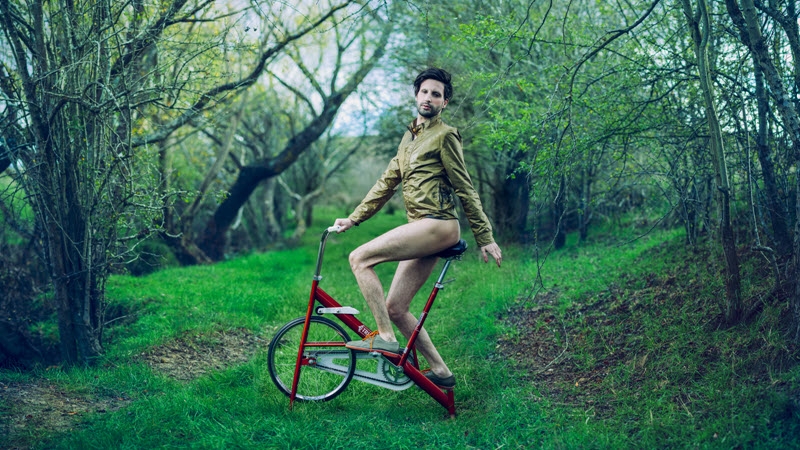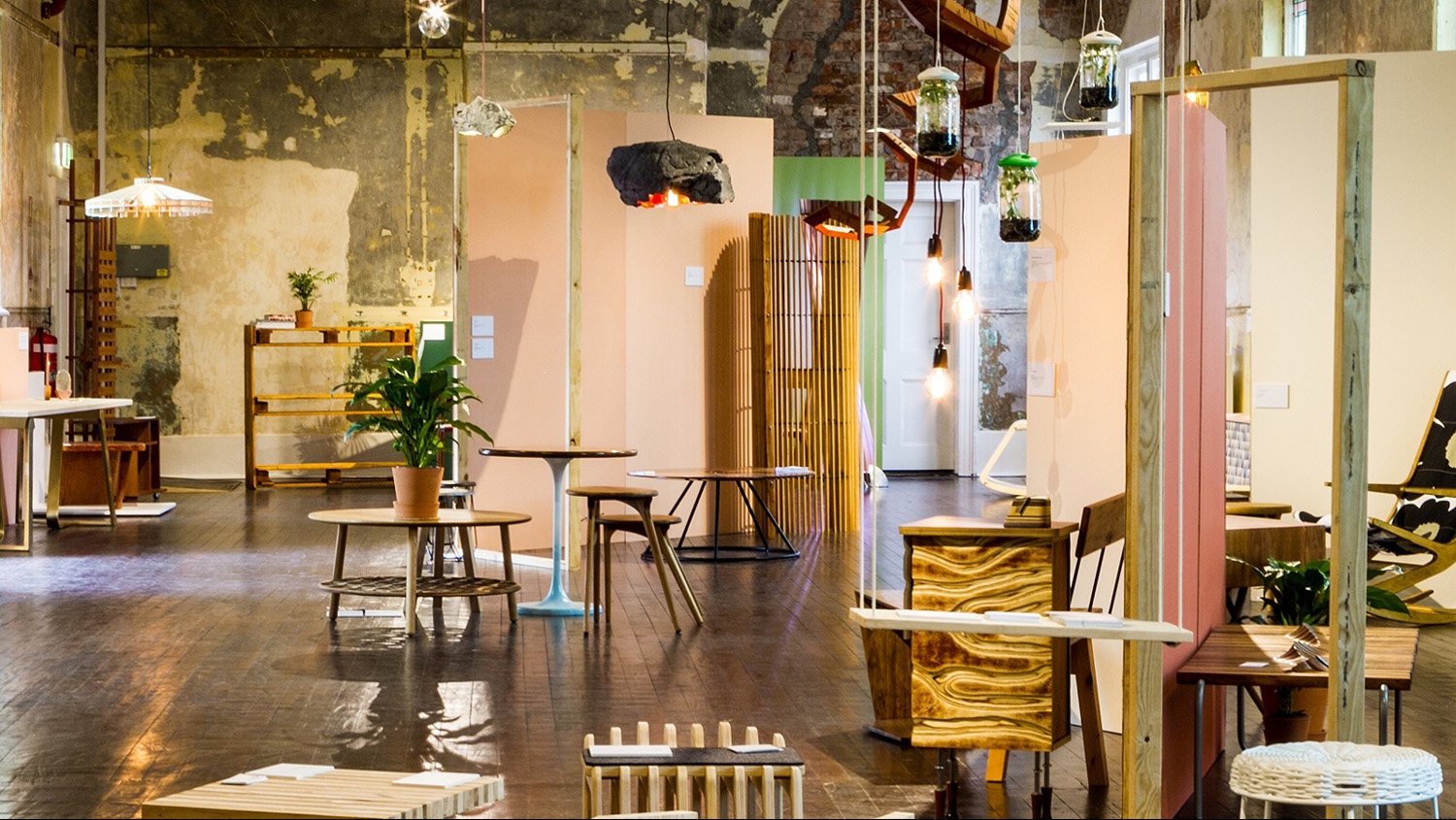Abrahams is particularly interested in the intersection of citizenship and art, a concept which Fringe embodies in its truly egalitarian program, which covers art forms of every flavour from comedy to circus, theatre and dance. “Everyone has the right to contribute to the cultural life of their city,” Abrahams says.
Being an open access festival, there’s no curation and nothing is excluded from Fringe, which means that if you take a punt on a show, you’re guaranteed to catch something on a scale of amazing to bizarre. Plus, in a time where Federal funding to the arts is slashed, it’s one of the remaining opportunities to catch work from emerging artists and outsider art.
That said, this year’s program is more ambitious than ever.
“It’s the biggest program in the history of Fringe,” Abrahams explains. “You can see from the big public art works that we’ve created, we’ve really gone for experimental, large scale, high impact artwork that is incredibly bold. We’re trying to demonstrate locally, federally and internationally the extraordinary impact and vision that the small to medium arts sectors can have.” While last year’s Fringe was all about emerging artists in secret places and hidden spaces across Melbourne, this year’s focus is on artists at the top of their game in high profile public spaces, without compromising the goal of supporting emerging artists. “We’re really trying to capture the public’s imagination,” Abrahams reflects.
This year also marks a renewed focus on quality kids’ programming, which will be as entertaining foradults as children. For instance, glittery cabaret queen Yana Alana is running Rainbow Cactus, a super-fun, queer-friendly family event with tunes, stories and plenty of colour, while comedian and DJ Andrew McClelland is playing host to Staring School. Starting School is the equivalent of his club night Finishing School but for children, introducing kids to important musical gems from the ilk of Prince and The Smiths.
Another genius feature for this year’s Fringe is Abrahams’brainchild, the Festival Fortune Teller. “I’d had so many people tell me that the festival is so big they don’t know where to start,” he says. “Sometimes too much choice can be paralysing, so we wanted to help people navigate their way through the festival by coming to the Fortune Teller. It comes up with the Melbourne Fringe event that the audience member is destined to see. It’s about getting inside their personality and through that, helping them navigate the festival. Sometimes you just need a little bit of help.”
When pressed for discernible trends, Abrahams notes that the festival is playing with a lot of light, which makes sense because Melburnians are obsessed with light and projections. “We’ve got two light sculptures, Skylight and White Beam opening and closing out the festival,” he explains. “They’re real highlights for me, particularly in terms of imagining how we want people to engage with their city.”
Urging us to abandon our goddamn phones and look up, White Beam takes Fringe to Prahan. Featuring a horizontal, pulsing white beam that goes nuts with an electronic backbeat for 15 minutes every hour. White Beam is all about connection and shared experience in public spaces. In Skylight, giant beams of laser light will connect rooftops along the CBD’s skyline, underscored by a soundtrack that you can download from Fringe’s website and listen to as you navigate your way through the city, tripping the light fantastic. The project also features four sound stations en route along the Yarra River bank – Abrahams urges onlookers to gather at these on the half hour for a sound and light performance.
“I was interested in creating a work that activated some of our most famous civic spacesbut in ways that make us see some of them differently,” Abrahams explains of the work’s origins. “That was the key directive. I literally wrote down a list of my favourite artists and one of them was Robin Fox. I didn’t know Robin. We had no history of working together, but I knew someone who knew someone who gave me his email. We kind of hit it off straight away and together with a team of people we started to imagine the city through light. For us, it was about looking up and optimism. Looking to the skies and seeing a whole new perspective. Nothing could be more Melbourne Fringe than that.”
BY MEG CRAWFORD

